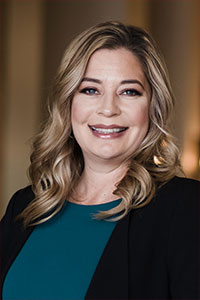Precious Cargo – Travel in Style

As the holidays approach, families often find themselves busy with the hustle and bustle of the season. This time of year often brings along many last minute trips to stores, family and friends homes. Although the travel may not be far, it is vital to ensure that your precious cargo is safely buckled up in their car seats and/or booster seats every time they travel in your vehicle.
No matter the distance, your child should always be secured in a car seat, booster seat or with a seat belt depending on their age, height and weight. Families often ask me, “How do I know if my child needs to be in a front or rear facing car seat or booster seat?” Below are the rules of thumb on securing your children in their respective safety seats. It is also important to note that each of the 50 states may have different rules and regulations regarding child safety seats so I encourage you to review local states laws.
In California, it is required that all children ages 8 and under be secured in a safety seat. It is also required that all persons in a moving vehicle wear a seat belt as well. When setting up your little one’s safety seat, it is recommended to first register it (in case there are safety concerns or recalls) and to read the safety instructions prior to driving with your child in the safety seat for the first time. Not all safety seats are made the same and the regulations can differ slightly because of that.
When using a safety seat, it is important to ensure your child is in a rear facing safety seat until he or she surpasses the weight and height requirements to turn the seat facing forward. It is also important to remember that children’s seats should never be placed in the front passenger seat under any circumstance. Rear facing safety seats help secure a child’s neck in the case of abrupt stopping or an accident. Rear facing seating also prevents the child’s neck from snapping forward during an abrupt stop, rear end collision or accident.
When your child out grows their car seat, they are not necessarily ready for an adult seat belt. In the interim, you should place your child in a booster seat. A booster seat is used after your little one “out grows” their safety seat. This usually occurs when they grow to be 4’ 9” or taller or when their weight is in excess of a car seats recommended weight limit. Remember, a traditional seatbelt, when not used with a safety seat or booster seat, is designed for an adult male who weighs 165 pounds or more. Each time you “upgrade” your child’s seat they slowly lose protection as restraints decrease. It is important to remember that you can always contact your local police department for child safety seat installation assistance or general questions.
Following these tips, I hope you and your family can enjoy this holiday season with peace of mind. If you feel that your little one is not as safe and secure in their car or booster seat you can always check in with your local agencies who can help you set up both your safety and/or booster seat correctly. Please review these helpful resources below.
Child Safety Seat Resources
- https://www.dmv.org/how-to-guides/install-child-seat.php
- https://www.dmv.org/ca-california/safety-laws.php
- https://saferide4kids.com/contact/
I’d like to wish you and your family a safe and love filled holiday season and a very prosperous New Year.
Alethea Arguilez
Executive Director